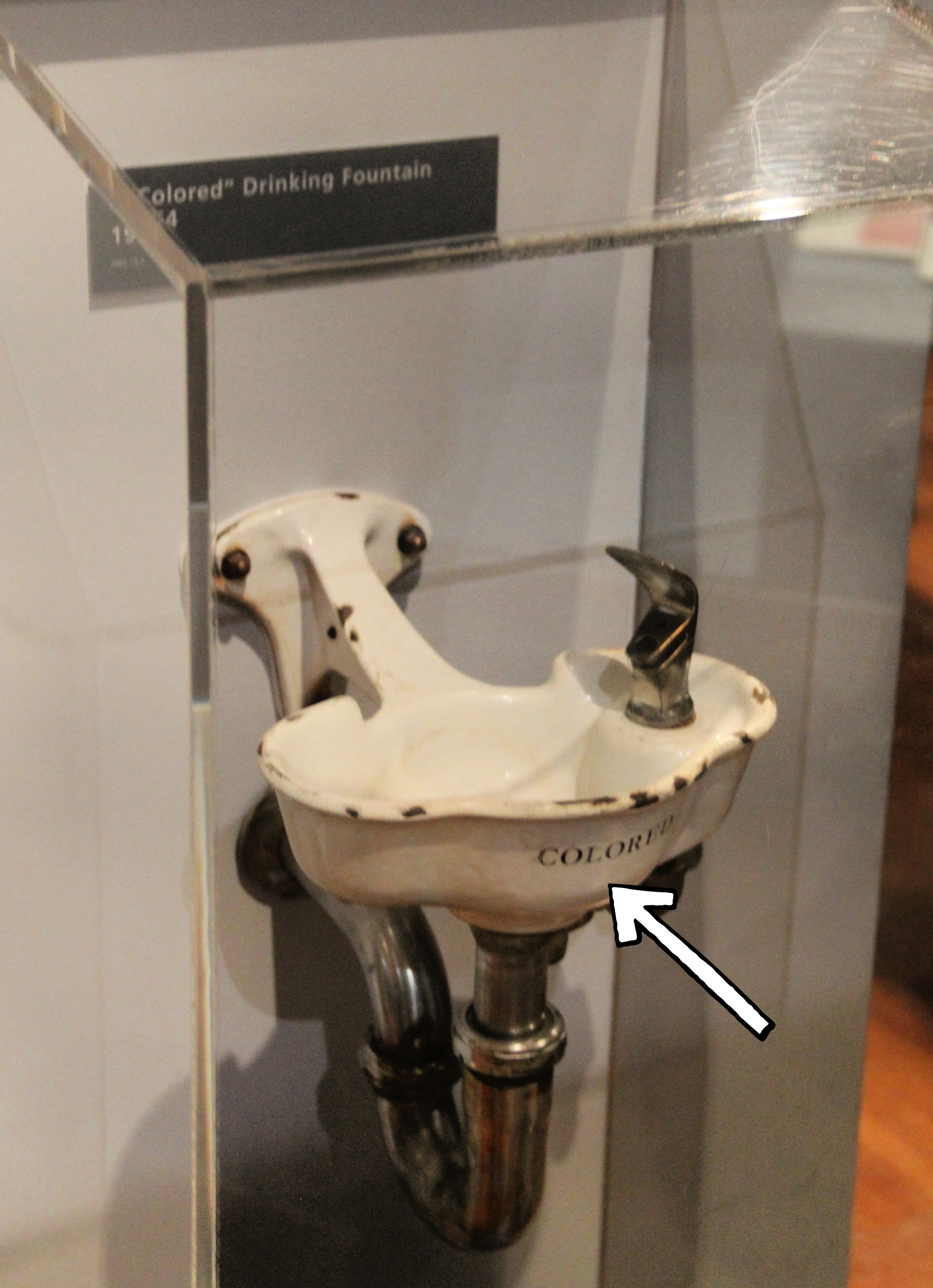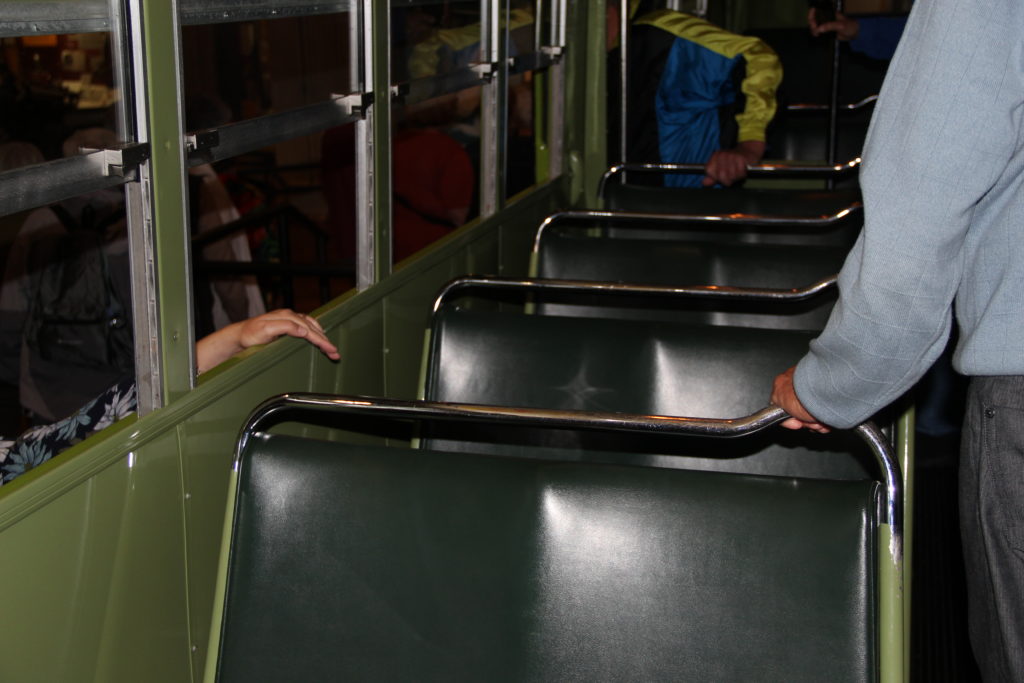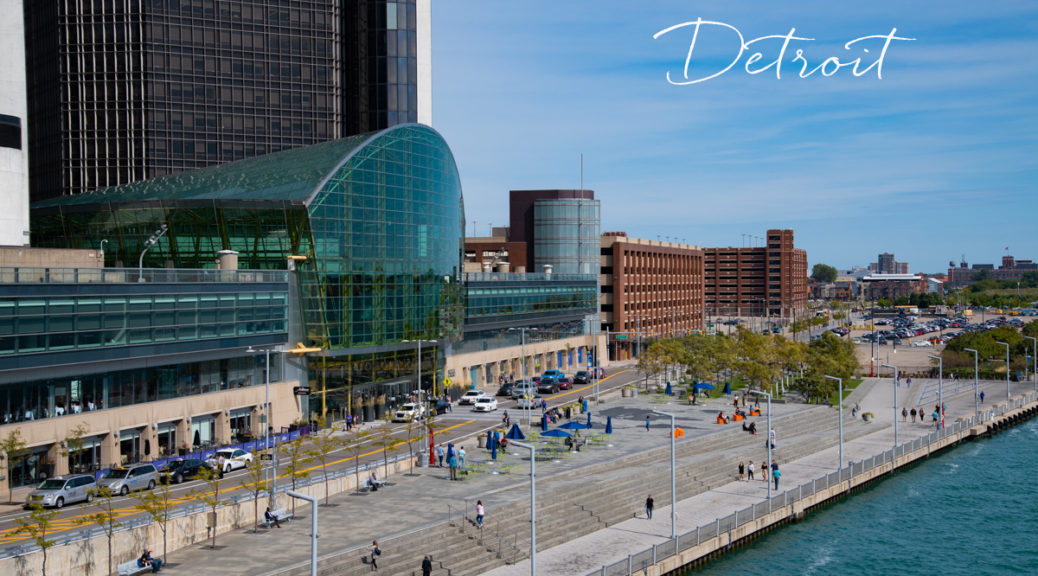
Henry Ford Museum of American Innovation
After leaving Mackinac Island, we spent the next day and night traveling down Lake Huron. We arrived in the Port of Detroit early the next morning. We saw beautiful views of the harbor, an incredible sunrise, and the Ambassador Bridge which connects Detroit to Windsor, Canada. Our shore excursion would take us to The Henry Ford in Dearborn. On the way, we stopped outside the Detroit Tigers baseball stadium where we saw statues of tigers, the team’s mascot.


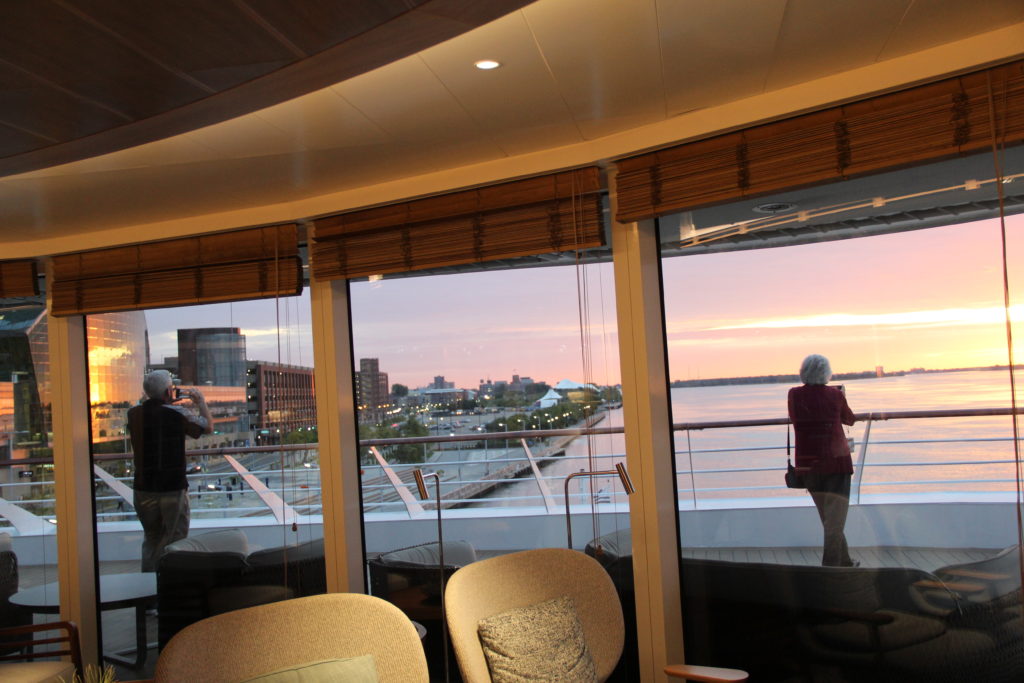
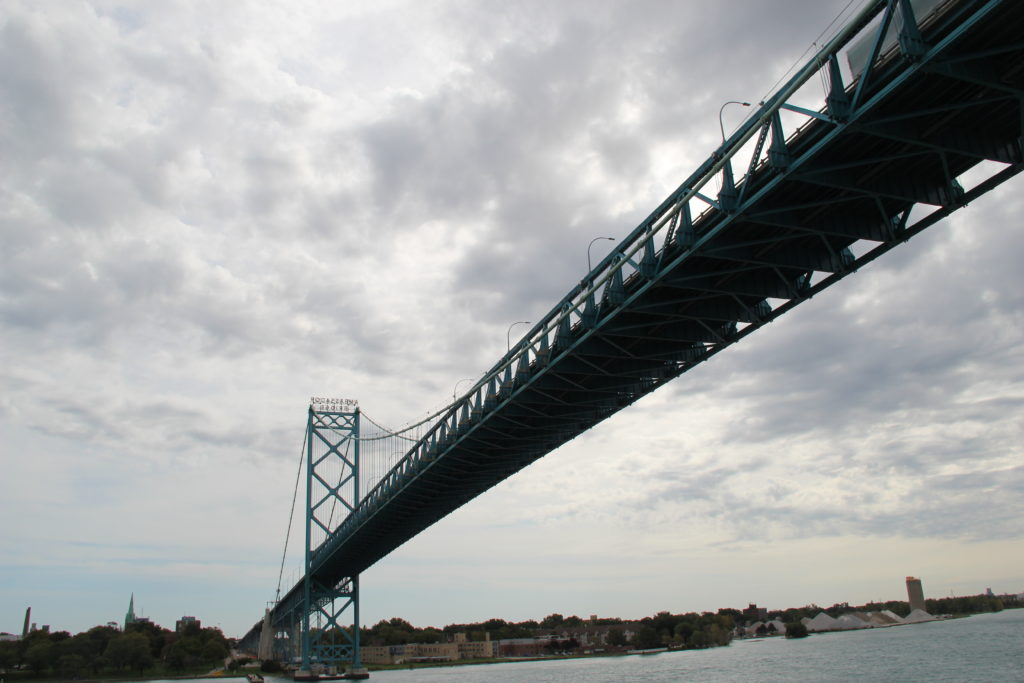
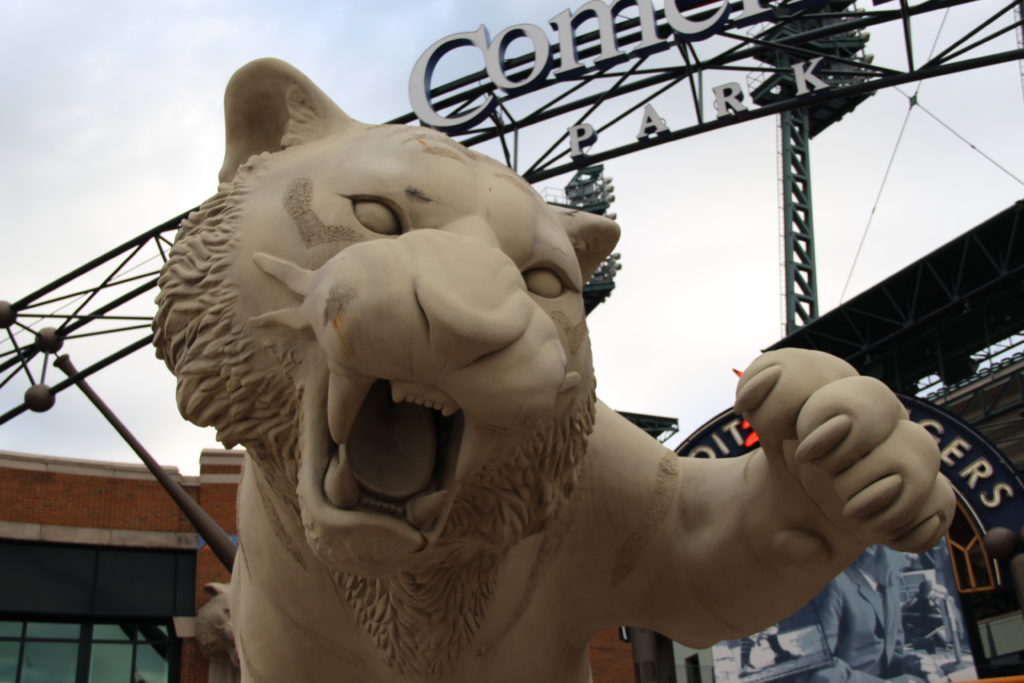
Henry Ford envisioned the museum we would visit and originally named it the Edison Institute. He wanted people to learn history in a hands-on manner by seeing and touching artifacts. An important reference for me was The Henry Ford Official Guidebook. If you are planning a visit or are visiting, I would suggest you purchase this guidebook.
Henry Ford is known for creating the assembly line concept used in manufacturing his Model T automobiles. An industrial giant, he still valued his rural roots. He began collecting artifacts from his life and those of his hero, Thomas Edison. He felt the lives of everyday people should also be chronicled. He planned an indoor museum that would showcase technological progress and an outdoor museum that would show how these achievements were made and used. The indoor museum became the Henry Ford Museum of American Innovation and the outdoor museum, Greenfield Village. Henry Ford died in 1947; his museum collections were some of the largest in his time. The collections have continued to grow in the years following his death.
One of the first things we saw upon entering the indoor museum was the autograph of Thomas Edison made in 1928. He used a shovel belonging to Luther Burbank, a plant breeder, to write his signature in concrete. “To Ford, this act symbolized the union of agriculture and industry – cornerstones of America’s economy and a key principle Ford wished to illustrate in his museum.” (The Henry Ford Official Guidebook)
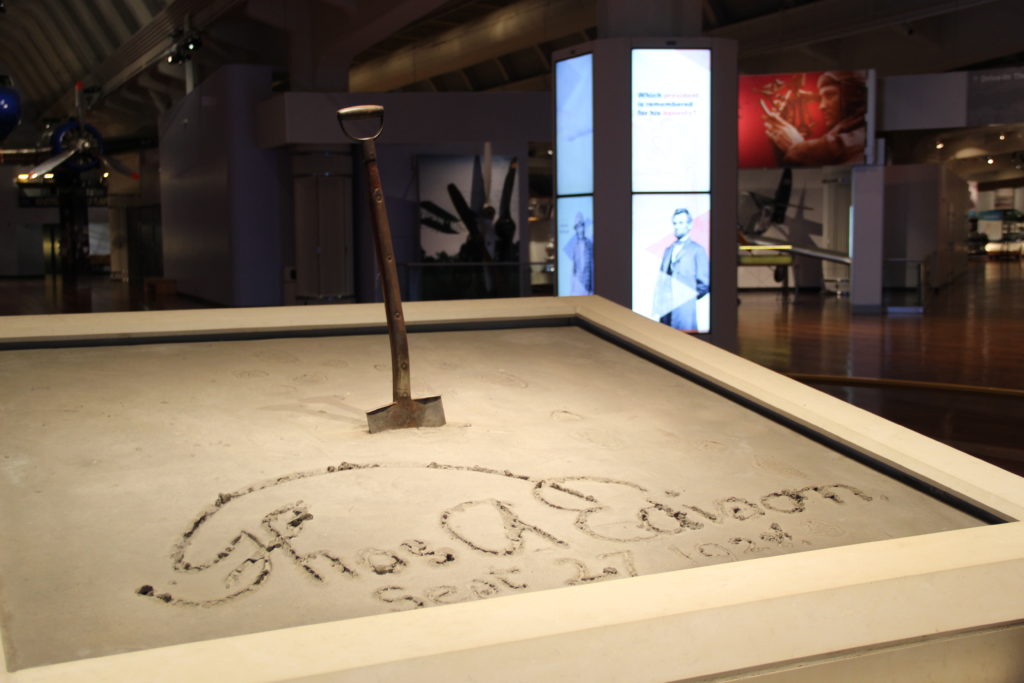
We could only spend the morning at The Henry Ford so certainly saw far from everything. I will share a few of the exhibits we saw. The first is an “Exploded Model T.” Ford was one of many inventors who experimented with “horseless carriages.” He founded the Ford Motor Company in 1903. His Model T, one of the most successful early cars, sold for $850. After the development of his moving assembly line, the price was only $300. The “Exploded Model T” gives a sense of the many parts that comprised the car.
The next two pictures are of the “Dymaxion House.” It was developed by R. Buckminster Fuller in the 1920s. He designed the house from a scientific perspective. He analyzed human needs and then used technology to address those needs. The cost would be about $6,500 – there were many orders for the houses. Retooling factories cost more than anticipated and there were disagreements among the investors. Eventually the project was abandoned.



Another display featured presidential cars. Over the years, presidents’ desire to be visible in public were often in conflict with efforts to keep them protected. The second picture is the car in which President Franklin D. Roosevelt rode. It was the first car specifically designed for a president. It was a 1939 Lincoln and was called the Sunshine Special. President Roosevelt enjoyed riding with the top down. Additional security features were added after the bombing of Pearl Harbor. The last picture in this section was the one in which President John F. Kennedy was riding when he was assassinated. It is a Lincoln Continental. The top was open on that tragic day. Modifications were made to the car after his assassination. The body was armored and the glass was bulletproof. The roof was permanent. But a sunroof was added that could be opened so the president could stand and be seen by the public.
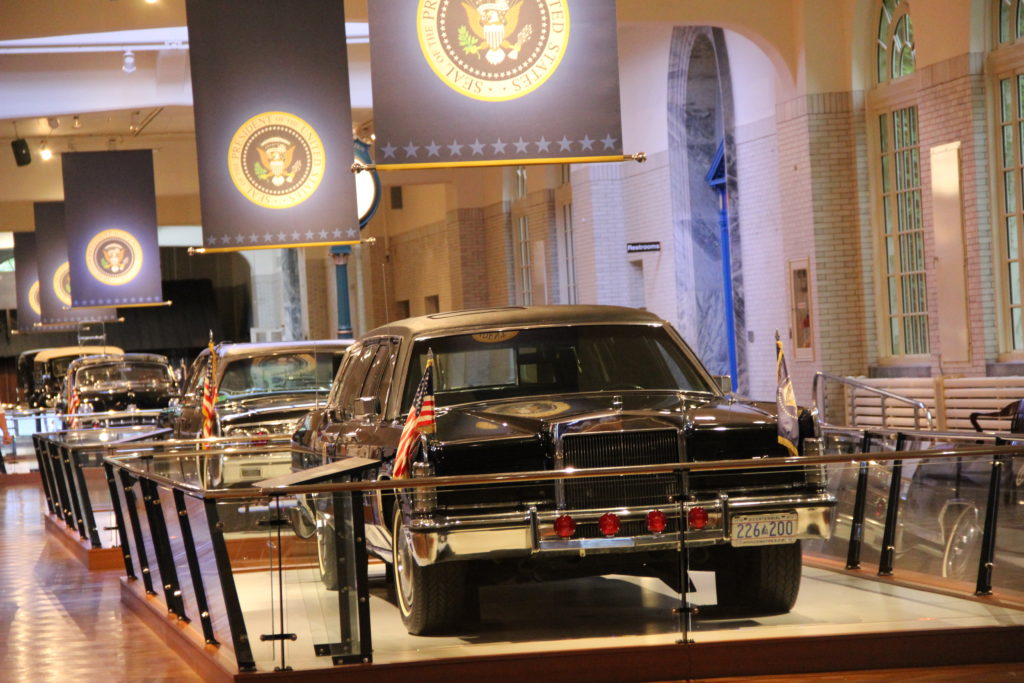
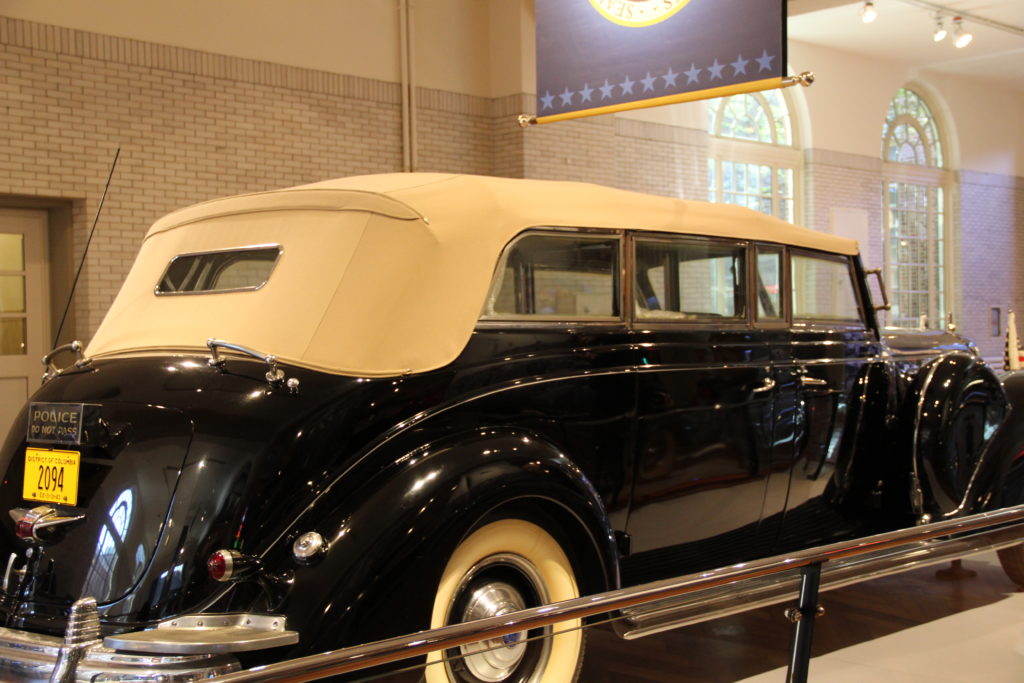
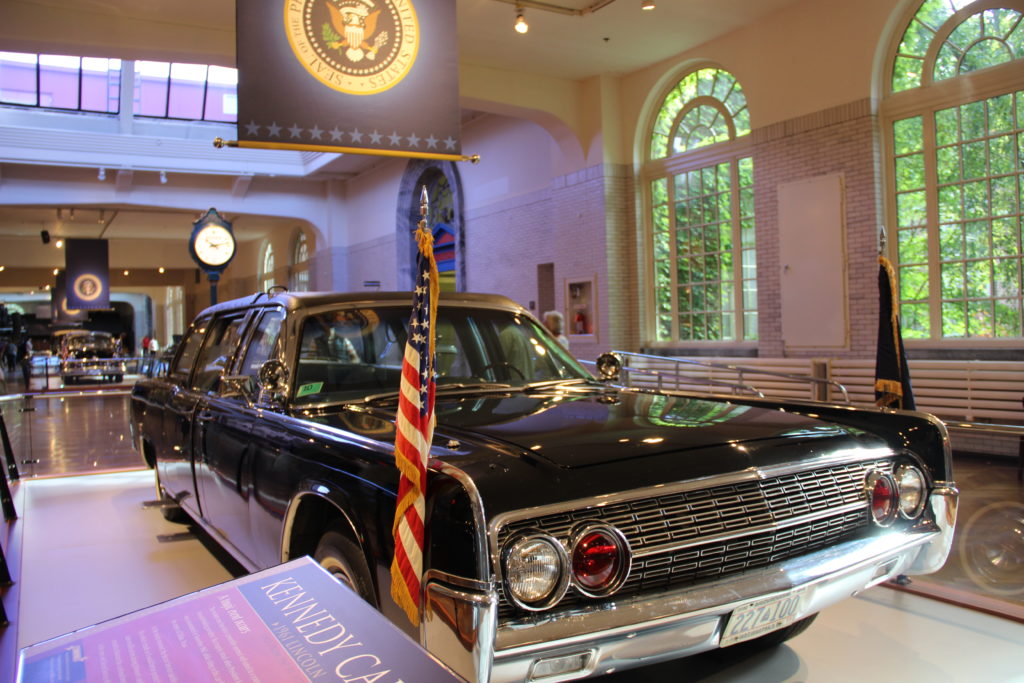
As noted above, one of Henry Ford’s goals for the Museum was to include artifacts “ordinary” people might have used. These were in several areas throughout the museum. The blackboard below brought back many memories. I lived through the Cuban Missile Crisis when the United States was on the brink of war. The Civil Defense Drill is something I clearly remember from my elementary school days. We also had a television placed in a cabinet. And early in our marriage, my husband and I acquired our first personal computer. It was strange to walk through these exhibits and instead of seeing what I considered history, to see a slice of our lives.
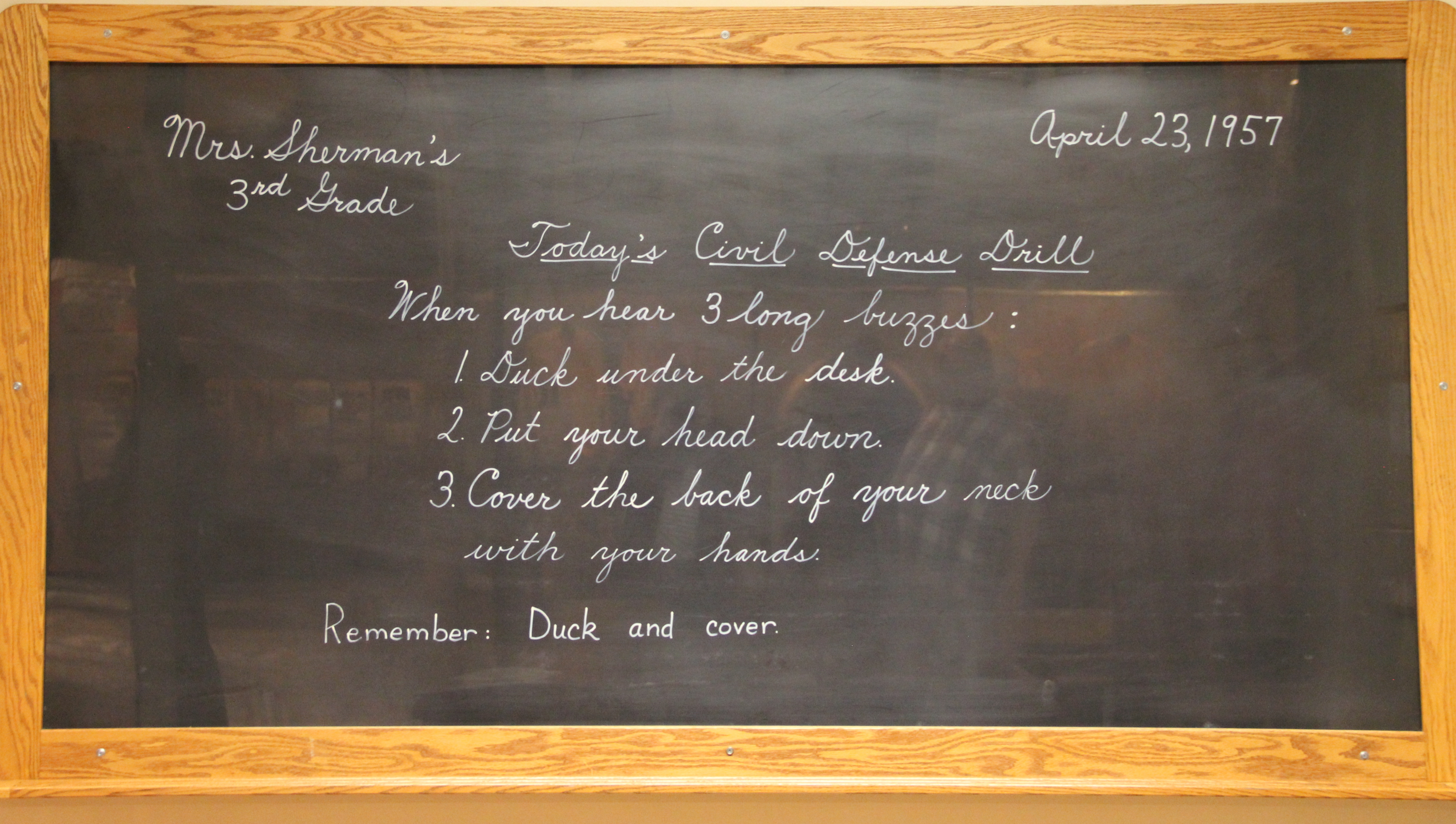
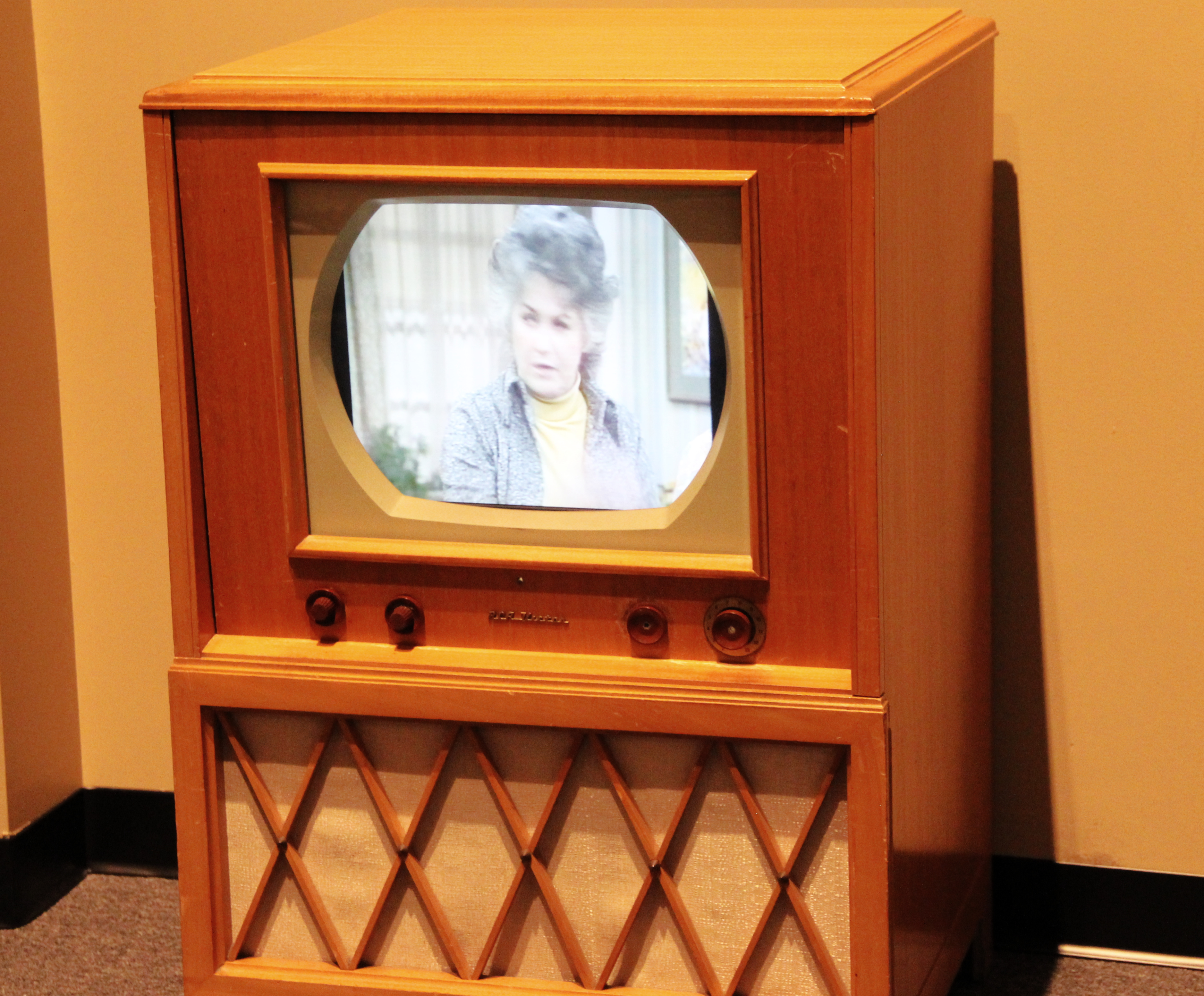

Another section of The Henry Ford was an exhibit entitled “Liberty and Justice for All.” Instead of focusing on innovative “things,” it dealt with social transformation.
Social transformation involves a shift in the collective consciousness of a society. It occurs when people create change through new patterns of behavior and social action.
The Henry Ford Official Guidebook
Exhibits included four eras: The Revolutionary War, the Civil War, the Women’s Suffrage Movement and the Civil Rights Era. The pictures I have included focus on the Civil Rights Era. There is a drinking fountain labelled for use by “colored” people, probably from around 1954. There is also the bus where Rose Parks sat and refused to give her seat to a white man as required by law at the time. This happened in Montgomery, Alabama on December 1, 1955. When she was arrested, the black community staged a bus boycott. The Montgomery Bus Boycott, as it was known, lasted 381 days and finally ended when the Supreme Court ruled that discrimination on public transportation systems was unconstitutional. Rosa Parks became a symbol for human rights and was awarded the Presidential Medal of Freedom by President Clinton in 1996. In the last two pictures in this section, our tour director is pointing out the seat where Rosa Parks sat.
We could have spent much more time in the Museum, but we still had the outdoor museum, Greenfield Village, to explore.
